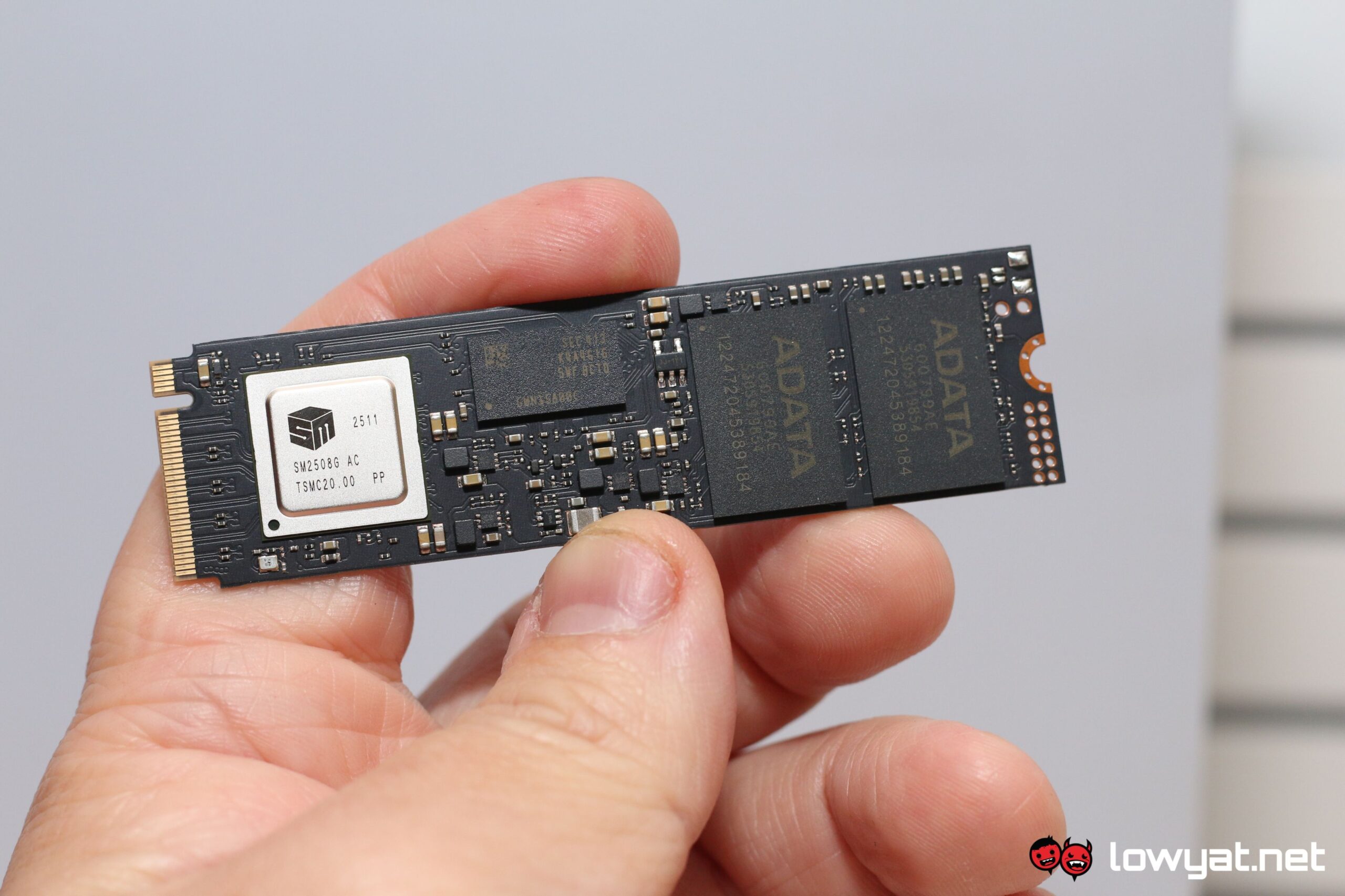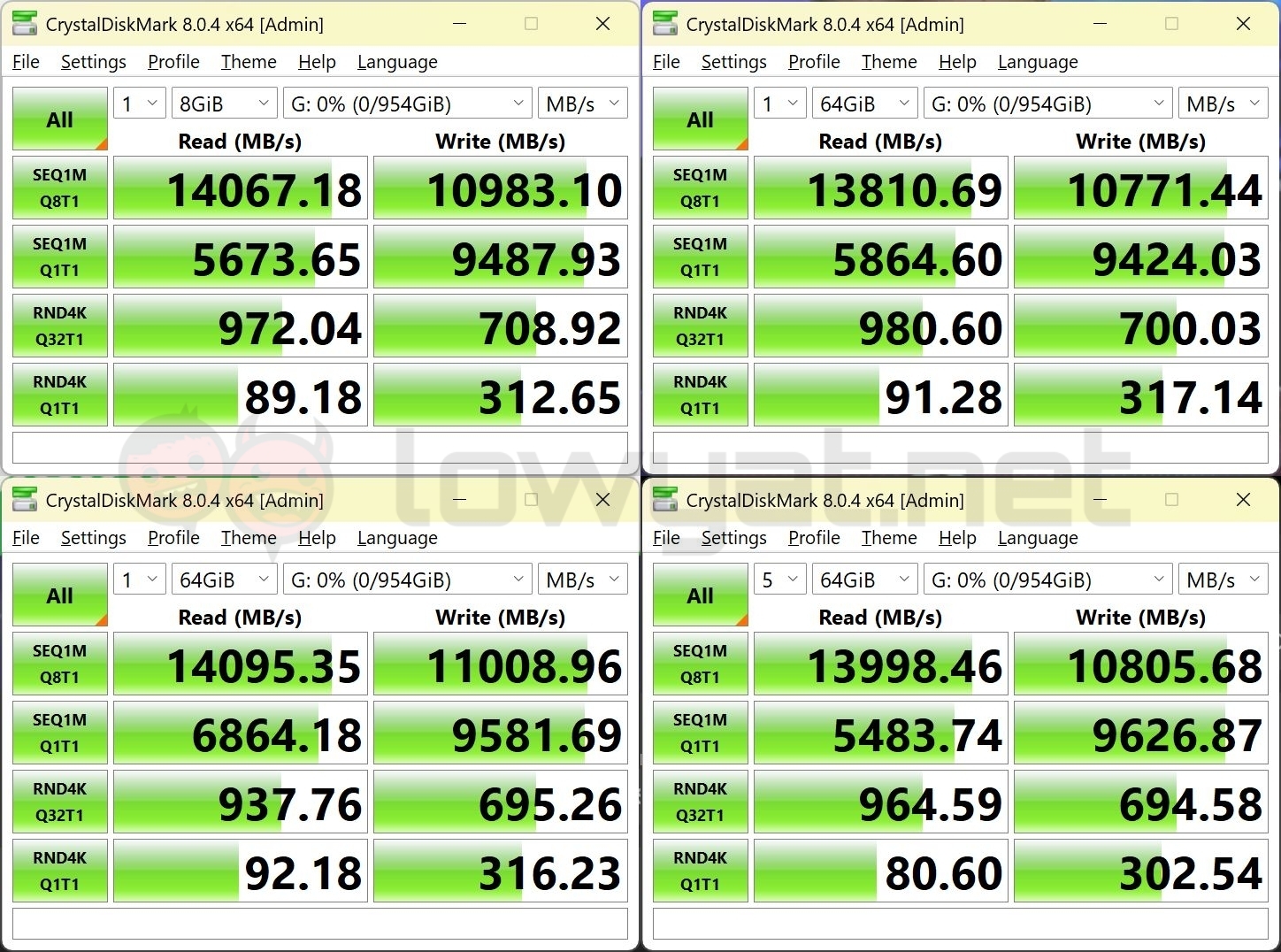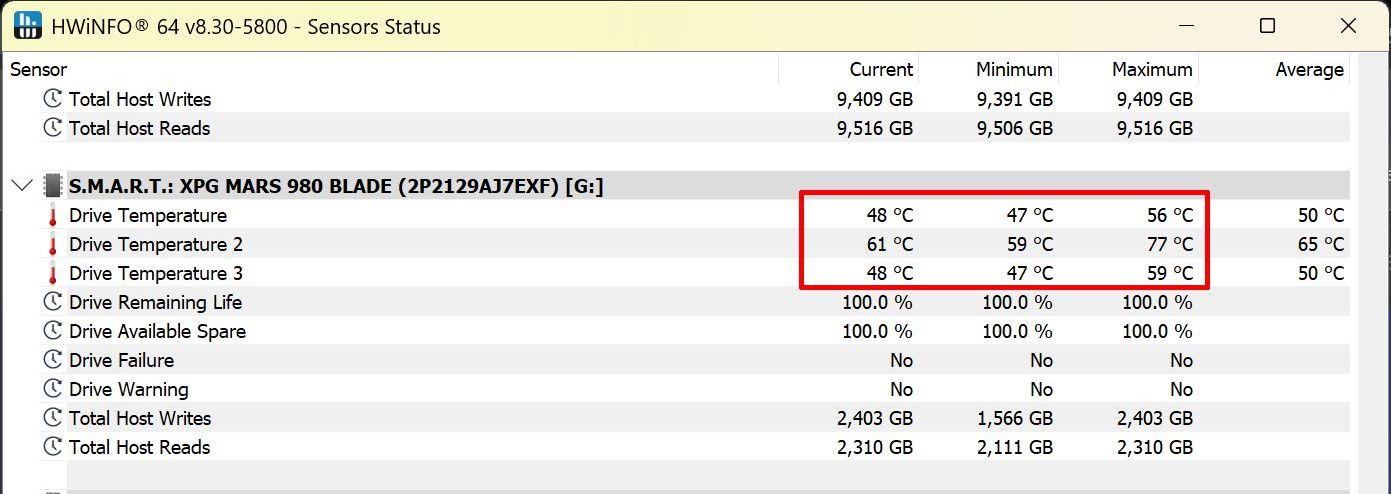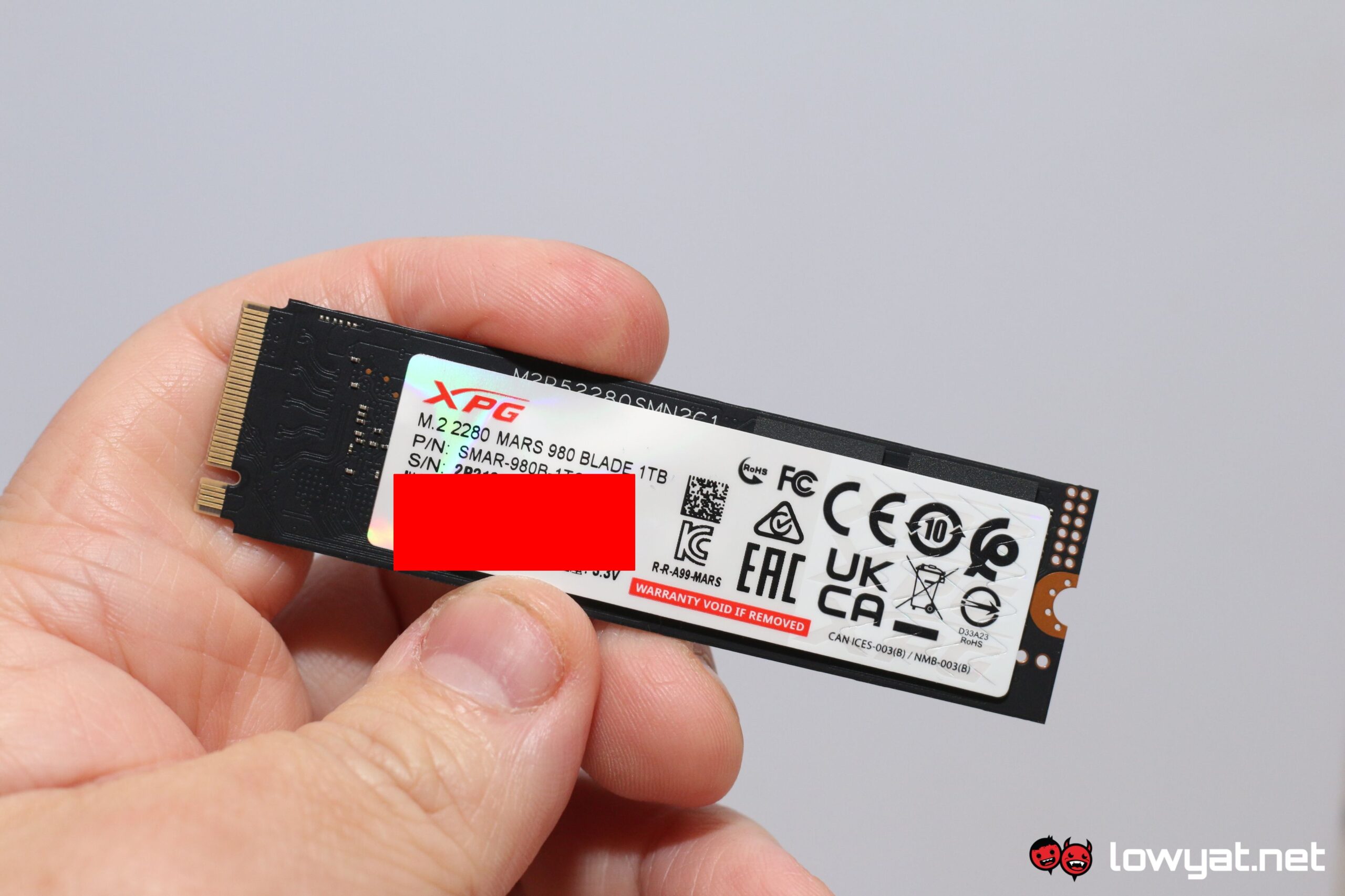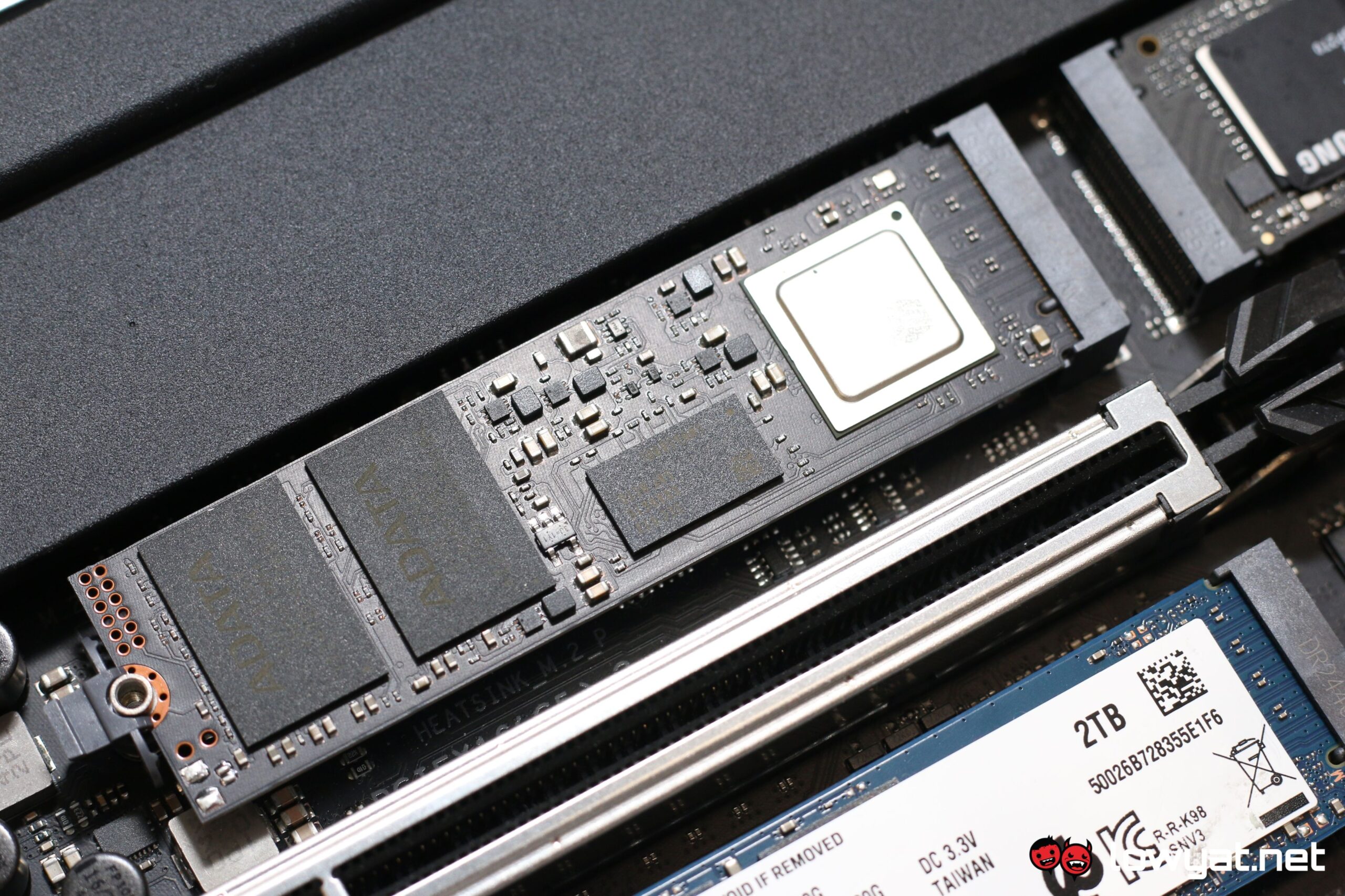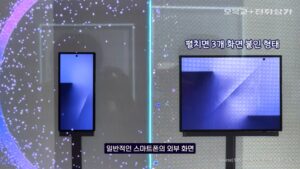Adata is a brand that has been a mainstay in the memory game for as long as I can remember. Recently, the company sent me over two products from its XPG gaming range: the XPG Mars 980 Blade 1TB PCIe 5.0 SSD and a Lancer Neon RGB DDR5 memory kit.
In this review, I’ll be covering the first product, with a separate review for the RAM at a later date.
What Am I Looking At?
As with all M.2 SSDs, the Mars 980 Blade is built on the 2280 form factor. Our model is the 1TB model but as a standard with this model, Adata has fitted it with a Silicon Motion SM2508 controller, as well as BiCs 7 flash.
Being a PCIe 5.0 SSD, the Mars 980 Blade can boasts average sequential read and write speeds of up to 14,000MB/s. The bright orange packaging aside, the SSD also comes bundled with a heatsink that is left unattached, giving you the option to use it as is or with extra cooling.
What’s Good About It?
The Mars 980 Blade runs pretty much as advertised. At least, my unit does, and as evidenced by the Crystal Disk Mark and 3DMark storage tests.
Under load, the PCIe 5.0 SSD runs fairly warm at an average of 56°C, while the memory nearer to the Silicon Motion Controller runs considerably higher at 77°C. But again, not the highest I’ve seen an SSD reach.
Then there’s the pricing of the Mars 980 Blade. Starting around RM869 for the 1TB model, it’s comparable to other PCIe 5.0 SSDs being sold in Malaysia, such as the Kingston Renegade G5 but surprisingly costlier than Samsung’s own 9100 Pro of the same capacity. Specifically, I’m talking about a difference of RM100.
What’s The Catch?
One problem I find with any PCIe 5.0 SSDs, let alone the Mars 980 Blade, is that unless you have the system and components that support PCIe Gen5, there is little point in spending more than RM1,000 on this storage component. Installing this on a motherboard that only supports up to PCIe 4.0 automatically kneecaps its speed down to the maximum speed of the interface, which is around 7,000MB/s. That’s half the actual speed it is capable of.
Another issue that I think should be mentioned is the double-sided nature of the Mars 980 Blade. This honestly doesn’t bother me as much but there are some folks out there that may think that such manufacturing methods is a bit outdated, especially when you consider that other brands are able to provide the same capacity by simply utilising one side of the PCB. Also, this means that the other side doesn’t necessarily gets cool as efficiently as single-sided SSDs.
Should I Buy It?
If I haven’t already done so, let me be clear: The XPG Mars 980 Blade 1TB is definitely a PCIe 5.0 SSD that you should consider, but only if you have the system to allow all 14GB/s of its average sequential speeds to run wild. Getting this SSD for a system that can only muster half that is pointless, and you’re better off getting a more relevant PCIe 4.0 SSD, which also run for half the price.

